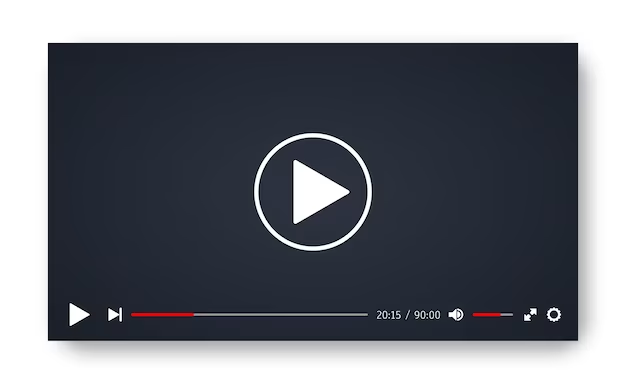What is a Service Judge in Badminton: Everything You Need to Know
Welcome to the exciting world of badminton! While watching a badminton match, you might have noticed an individual sitting on a raised chair near the net, intently observing the players’ serve. This person is known as a service judge, a crucial figure in the game of badminton. In this article, we will delve into the role, responsibilities, and significance of a service judge in badminton matches.

What is a Service Judge in Badminton?
A service judge in badminton is an impartial official responsible for making accurate and fair calls regarding the legality of a player’s serve. Their role is vital in ensuring that players comply with the service rules, thereby maintaining the integrity of the game. A service judge’s primary objective is to enforce the rules and provide unbiased judgments during service situations.
To comprehend the significance of a service judge, it is essential to understand the importance of fair and accurate service calls. A service judge’s decision can impact the outcome of a match, as it determines the validity of a player’s serve. By upholding the rules, service judges contribute to the fairness and sportsmanship of the game.

How Does a Service Judge Determine Service Faults?
Service judges follow a detailed process to determine service faults accurately. The rules of badminton stipulate specific criteria that must be met for a serve to be considered legal. A service fault occurs when a player fails to fulfill one or more of these criteria.
The process of identifying service faults involves careful observation and an understanding of the rules. Service judges pay close attention to the server’s position, the racket’s movement, and the shuttle’s release during the serve. By closely monitoring these aspects, service judges can detect any violations and make informed judgments.
Let’s consider a few common service faults as examples. One common fault is when the server’s racket head is not pointing downward during the serve. Another fault occurs when the server’s feet move before the shuttle is struck. These faults, among others, can be identified by a skilled service judge who is well-versed in the rules of badminton.

Training and Qualifications for Service Judges
Becoming a service judge requires a combination of knowledge, experience, and training. While specific qualifications may vary among different badminton associations and tournaments, certain skills are universally important for service judges.
To ensure fair and consistent judgments, service judges undergo rigorous training programs. These programs focus on enhancing their understanding of the rules, refining their observational skills, and improving their decision-making abilities during high-pressure situations. Continuous learning is crucial for service judges to stay up-to-date with rule changes and maintain their expertise.
Aspiring service judges can access various training programs and courses offered by badminton associations. These programs cover topics such as rule interpretation, practical training sessions, and mock match scenarios. By acquiring the necessary qualifications and continuously honing their skills, service judges can provide reliable and accurate service calls in professional matches.
Frequently Asked Questions (FAQs)
Q: What is the difference between a service judge and an umpire?
A: While the roles of a service judge and an umpire may seem similar, they have distinct responsibilities. A service judge focuses solely on making decisions regarding service faults and ensuring fair serves. On the other hand, an umpire oversees the entire match, including enforcing the rules, determining fault during rallies, and maintaining overall order on the court.
Q: How are service judges selected for professional matches?
A: The selection process for service judges in professional matches varies depending on the tournament or association. Usually, badminton associations have a pool of trained service judges from which they select individuals based on their experience, expertise, and performance in previous matches. The aim is to ensure that service judges possess the necessary skills to make accurate judgments in high-stakes situations.
Q: Can a player challenge a service judge’s decision?
A: In most cases, players cannot challenge a service judge’s decision. The call made by the service judge is considered final and binding. However, if a player believes there was a clear error, they can bring it to the attention of the umpire, who may consult with the service judge or make a final decision based on their own judgment.
Conclusion
Service judges play a crucial role in badminton matches by ensuring that players serve within the rules and regulations of the game. Their expertise, impartiality, and accuracy contribute to the integrity and fairness of the sport. By closely monitoring the server’s actions, service judges uphold the standards of badminton and maintain a level playing field for all competitors.
Next time you watch a badminton match, remember the service judge diligently observing the serves. Their presence guarantees that the game remains true to its principles and that players adhere to the rules. Let us appreciate the dedication and skill of these unsung heroes who strive to uphold the spirit of badminton.
